Rewind 78 years. It's a few days before Christmas in 1940, and a burns victim at a hospital in West Sussex lights up a cigarette while he takes a bath of saline salt.

The staff at Queen Victoria Hospital in are fine with that, though. So long as he uses a holder to keep the smoke away from his eyes.
This is British medicine in the years before the NHS was introduced in 1948. Back when going for an X-ray meant getting tucked in under one of these:
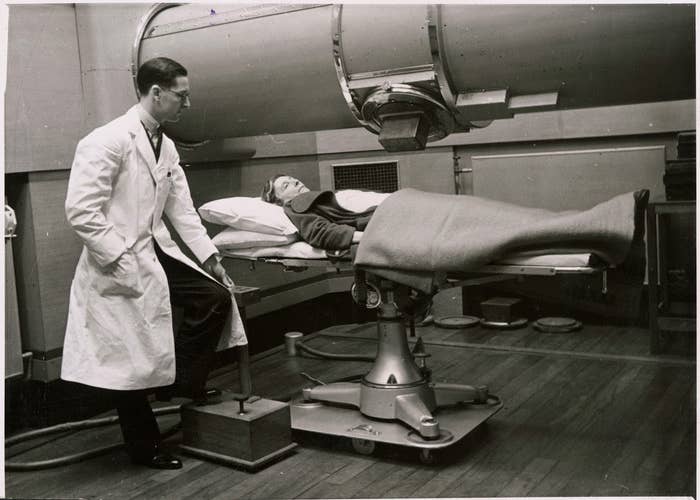
And when nurses with impressive hats put patients with respiratory problems in giant "iron lungs" to help them breathe.
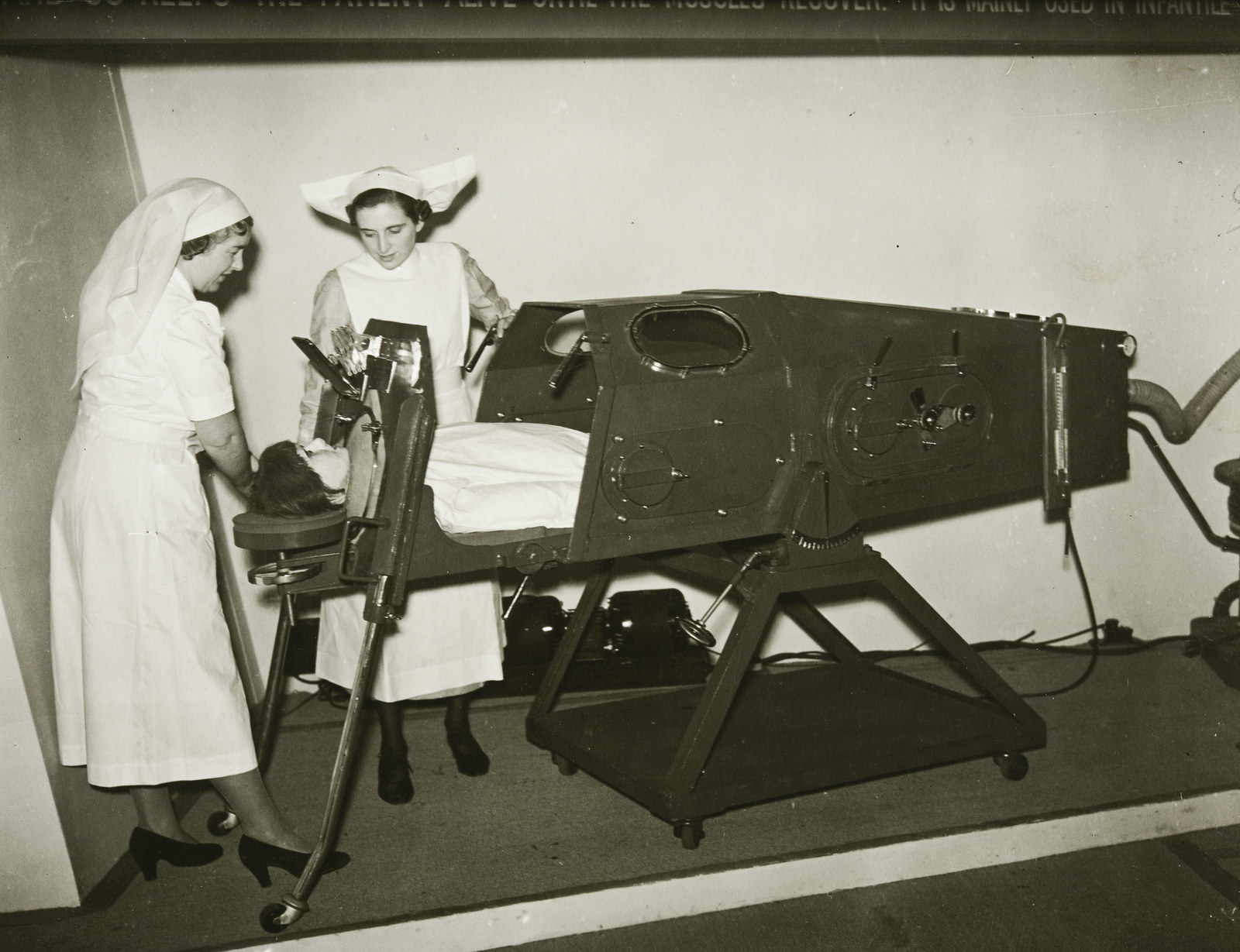
The photos are a selection of more than 4,000 wartime prints recently discovered by staff at Historic England in Swindon, which they say offer unique insights into how healthcare operated before it was nationalised by the post-war Labour government.

Here, nurses at Addenbrooke's Hospital in Cambridge in 1943 put on special protective gear for a practice-run in decontaminating patients in case of a gas attack. Poison gas killed thousands of soldiers in the trenches during the First World War, so there was a widespread fear when war broke out again in 1939 that military personnel and civilians would be targeted.
Despite air raids at home and the fighting abroad, some things in life just carried on in wartime Britain. Like this baby, pictured in April 1941 in Buckinghamshire, being weighed on the scales.
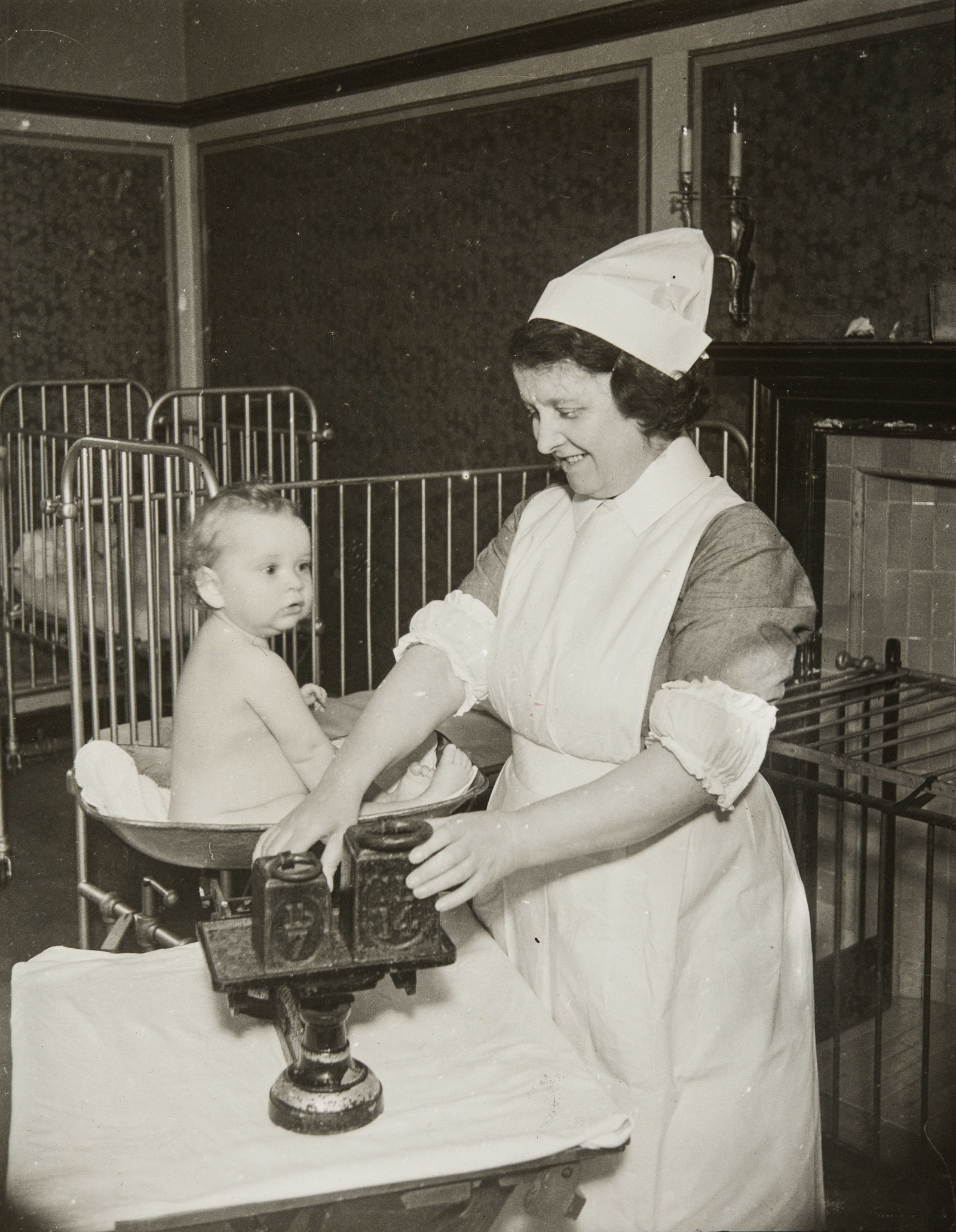
Or this little girl, photographed at King Edward VII Memorial Children's Hospital in Birmingham, sitting behind this pretty terrifying machine — otherwise known as state of the art orthoptics equipment for correcting squints.
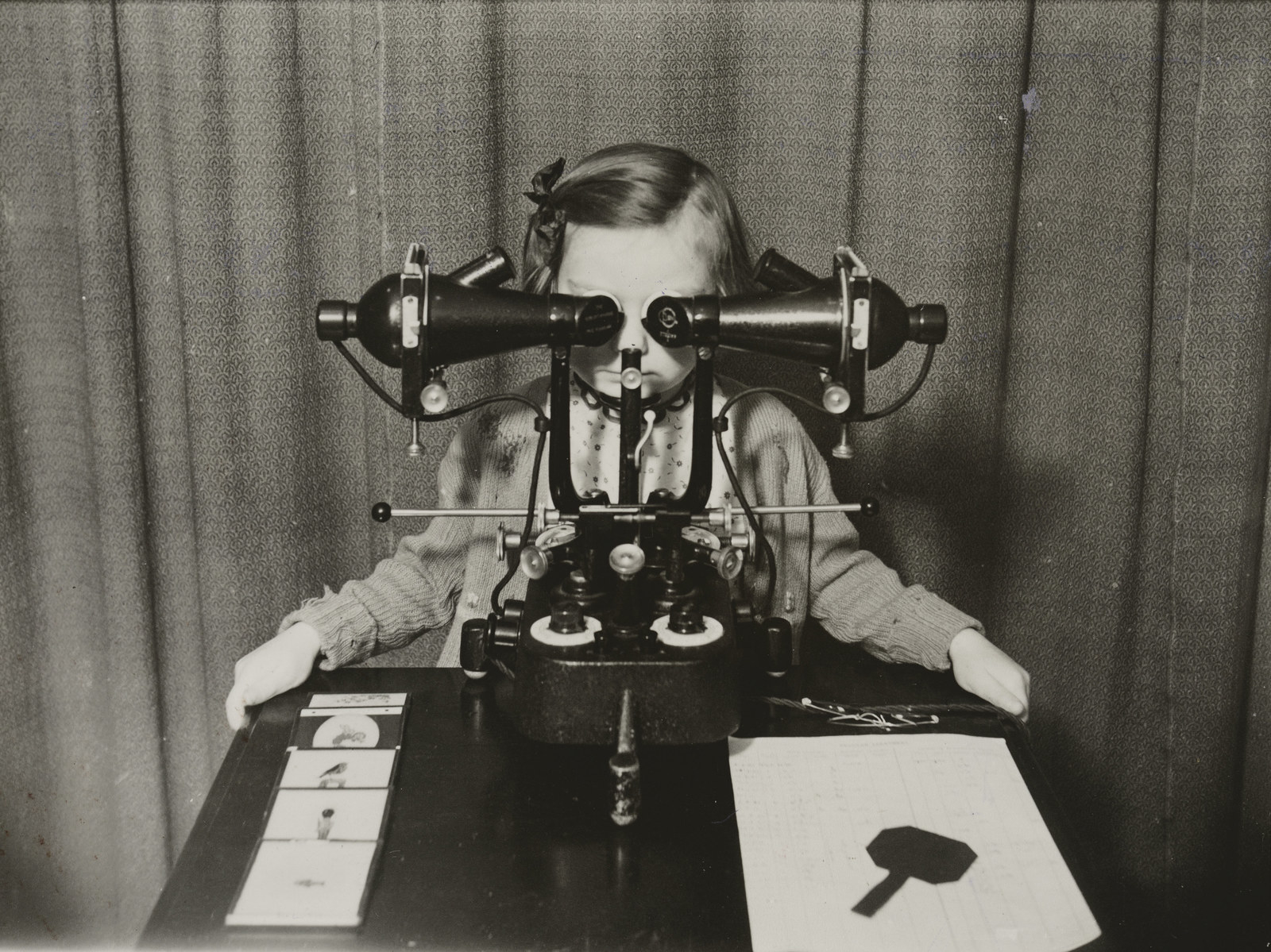
As the NHS turns 70 this year, Historic England, with the help of a grant from the Wellcome Trust, have already digitised more than 2,000 of the images, which can be viewed and searched online.
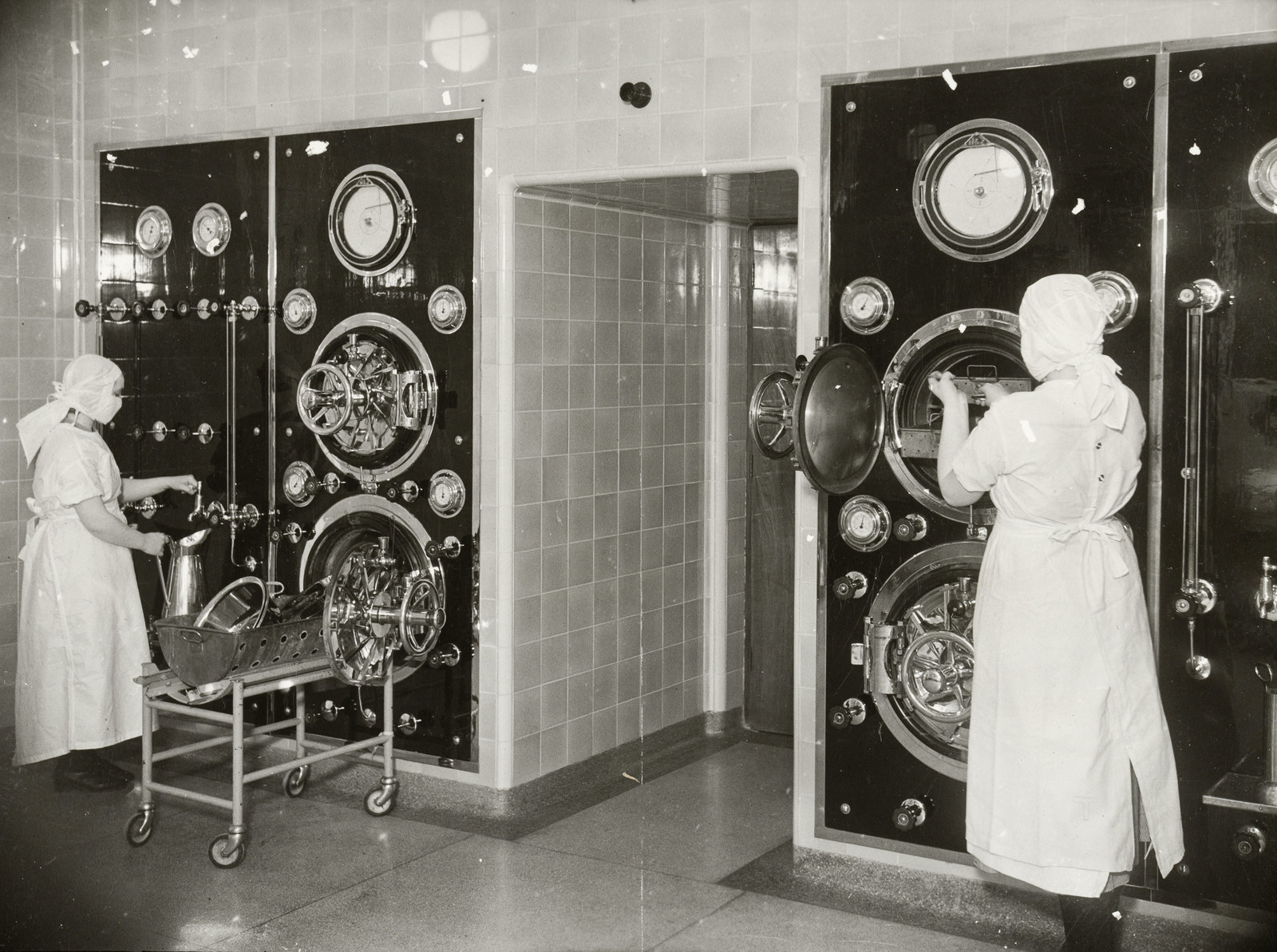
"Thanks to the Wellcome Trust we are able to conserve these photographs and share them with new audiences," said Duncan Wilson, Historic England’s Chief Executive. "They have the potential to expand our knowledge of wartime medical practice and revolutionary treatments and help us delve deeper into the history of healthcare."
Historians told BuzzFeed News that they reveal a lot about the everyday precautions that medical professionals needed to take, and the technical elements to their work.
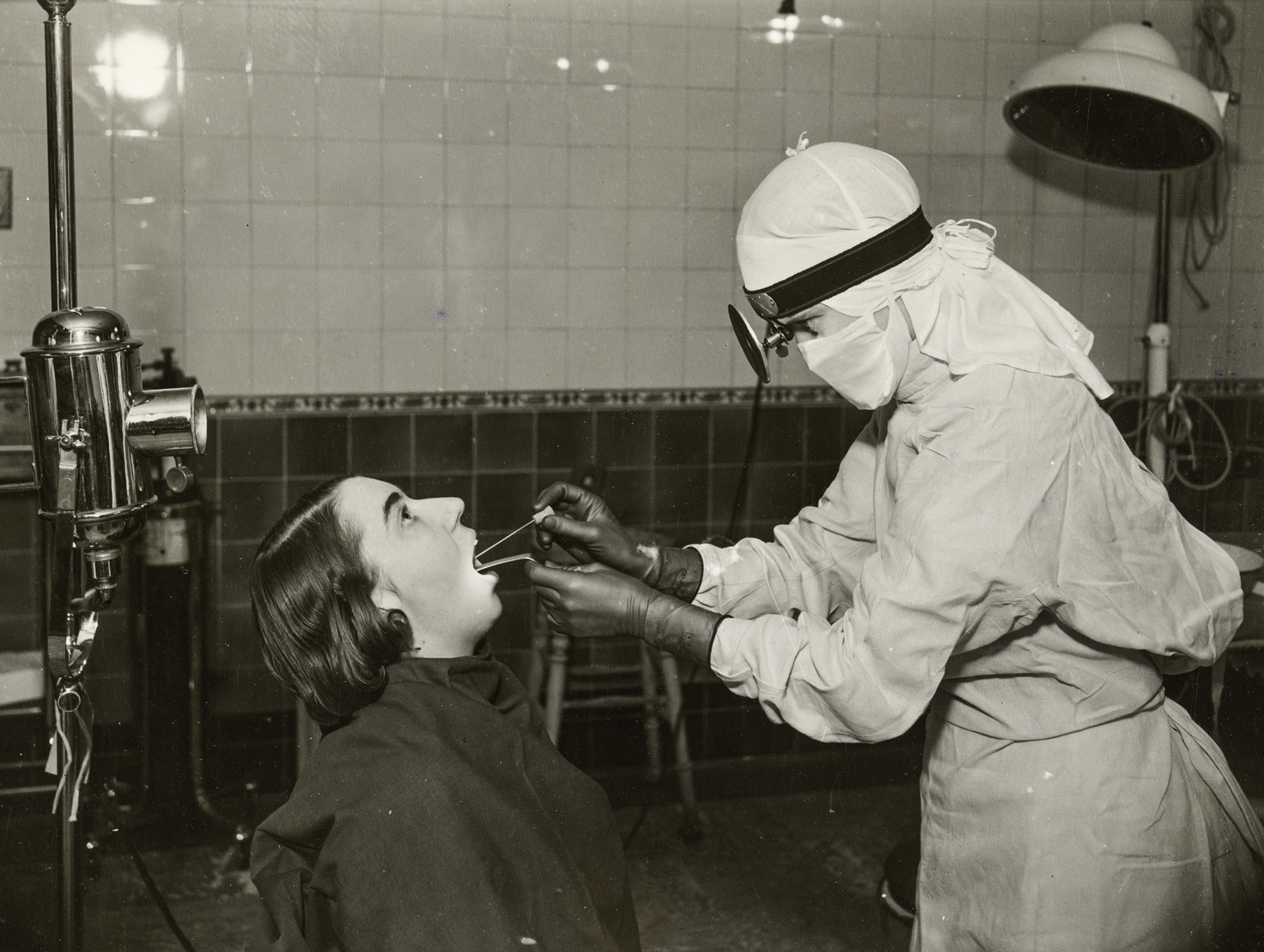
Christine Hallett, Professor of Nursing History at the University of Manchester, was particularly fascinated by this photo of a nurse taking a throat swab from a patient, taken in August 1941.
"She's draped in protective clothing, and she's got an enormous mask, her nose and mouth are covered," she said. "It just brings home to you, I think, what it was like, how dangerous it was to begin with to be a nurse in those times before the widespread availability of antibiotics."
"It illustrates how meticulous their work was and how time consuming, having to get into that kind of protective clothing before you even do a simple thing like taking a swab from a patient," she added. "It tells you a lot about infectious diseases and how they were handled at the time, the way we now would handle ebola."
Other things, though, haven't changed as much as we might think.
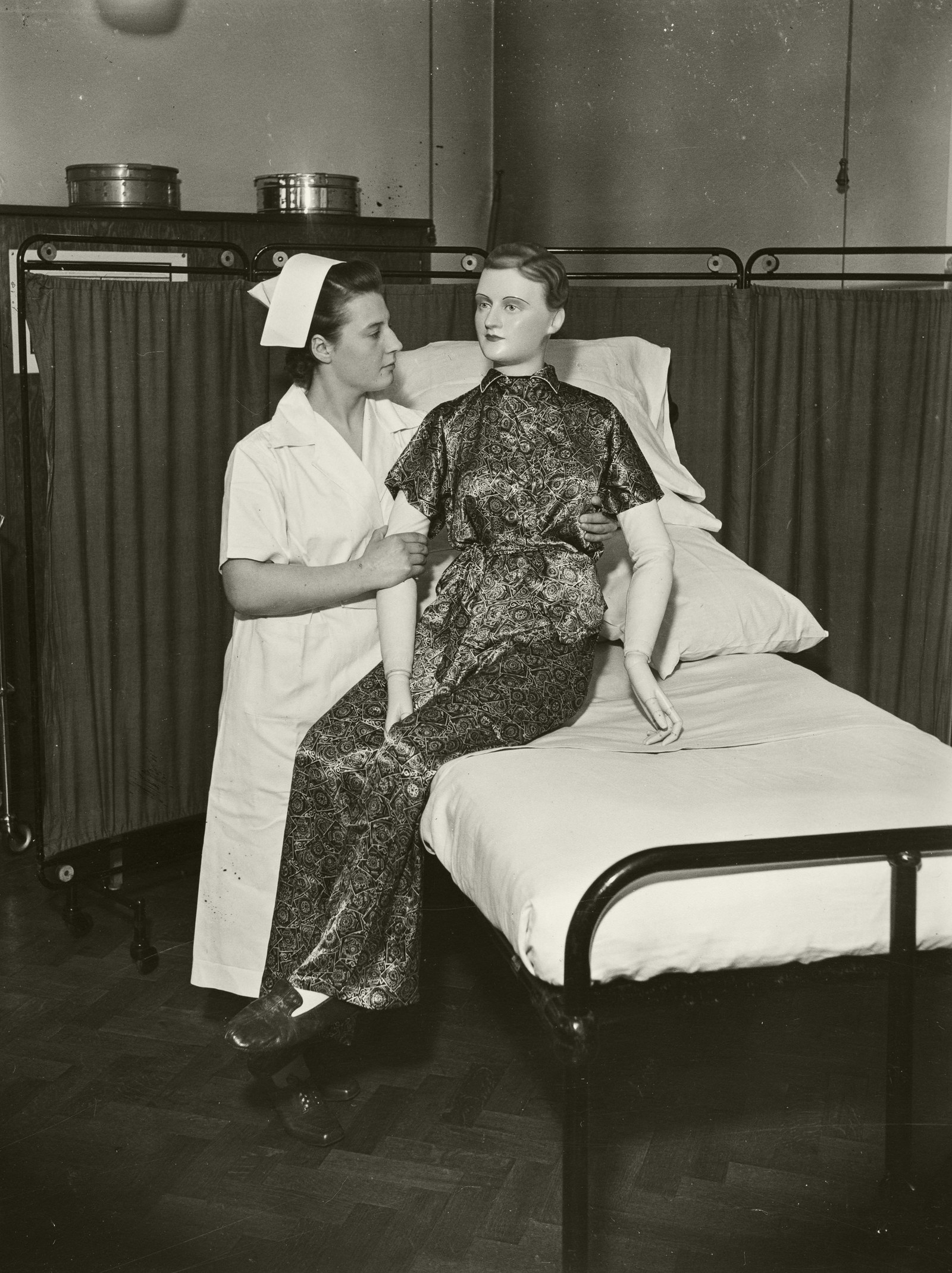
Hallett was surprised by this photograph of a student nurse lifting a mannequin, captioned: "The movements of the jointed model are very lifelike".
"That surprised me because when we began to establish [student nursing] skills labs right at the end of the last century and in the early years of the 21st century, we thought that was really innovative, we had models that were very lifelike that students could practise on."
"If you look at that picture, that model has been very carefully constructed to be the right size, the size of an adult patient, probably very heavy to handle," she continued. "We're reinventing the wheel, in a way, as we always do in nursing, you think you're doing something new but it was there decades and decades ago."
However, they also said that not all of the photographs will be totally realistic.
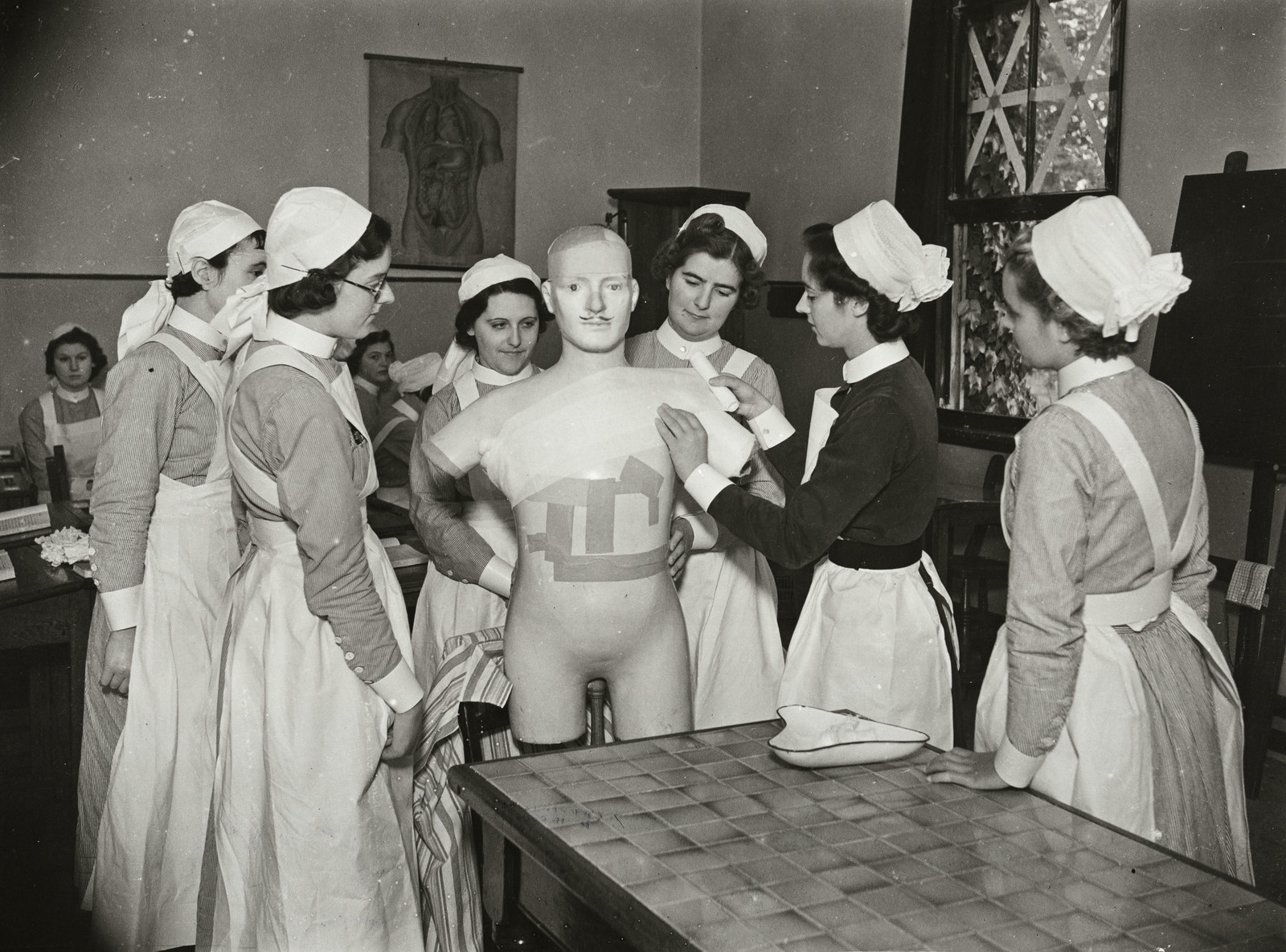
"You have to treat them with caution of course because they are beautifully posed, that's one of the things that's rather lovely about them, you can tell that they've been very carefully posed by the photographer and by the participants," said Hallett.
The photographs were taken by the Topical Press Agency, a British photo agency in the first half of the twentieth century.
Waltraud Ernst, Professor in the History of Medicine at Oxford Brookes University, said in an interview with BuzzFeed News that it was rare to have photos of such "extraordinary" quality, particularly with captions attached.
"For an academic, it's not so much whether these stories are accurate, but what these stories — done by, I suppose, journalists — represent in terms of contemporary perceptions of what was going on," she said. "That's the fascinating thing, to identify, why were these images taken? Why that particular angle?"
The wartime photos in particular, such as this one depicting two men transferring blood at the Army Blood Supply Depot in Bristol, give a "sanitised" version of the reality experienced by medical staff, Ernst said.

"My guess is that, given that it was the 1940s, they wanted to show the progress of medicine, and also the resilience of people who worked in different areas of medicine and health provision. The resilience to provide health care at a time when things were very difficult because of the war," she said.
"You don't have any ad hoc, panicky sort of responses that may be much more realistic," she added. "So, to a certain extent, they are 'propaganda', because they show a sanitised image of an altogether happy, focused, and well-functioning health service that [functions] even at a time when it was challenged."
Abigail Coats, Archive Cataloguing Officer at Historic England, said it has been "fascinating" to work with pictures taken at a unique time in Britain's history.

"The photographs reveal health and welfare provision at a time of social upheaval and change. But they also show staff having fun and unwinding after a long working day," she said. "You can see just how far some medical developments have come, but also what has stayed largely unchanged."
Chris Hassan, of the Wellcome Trust, said the images offer a "wealth of insights and surprises" at a time of rapid development of healthcare in the UK.
"These photos bring to life this fascinating period of medical history," he said.

